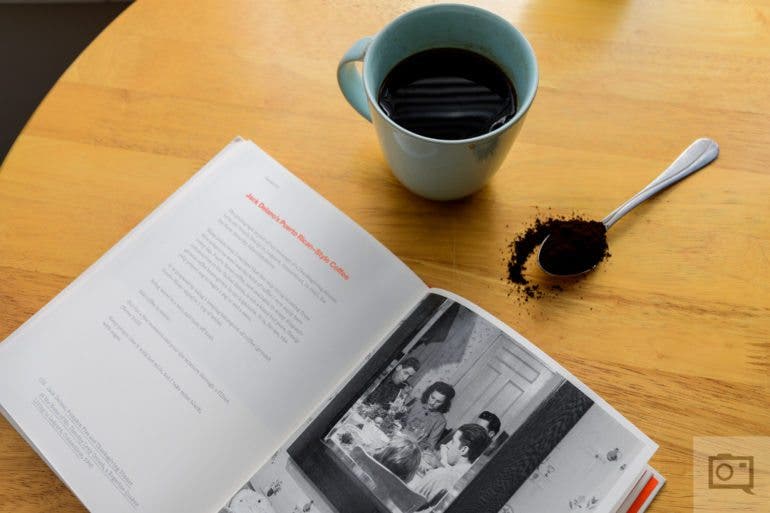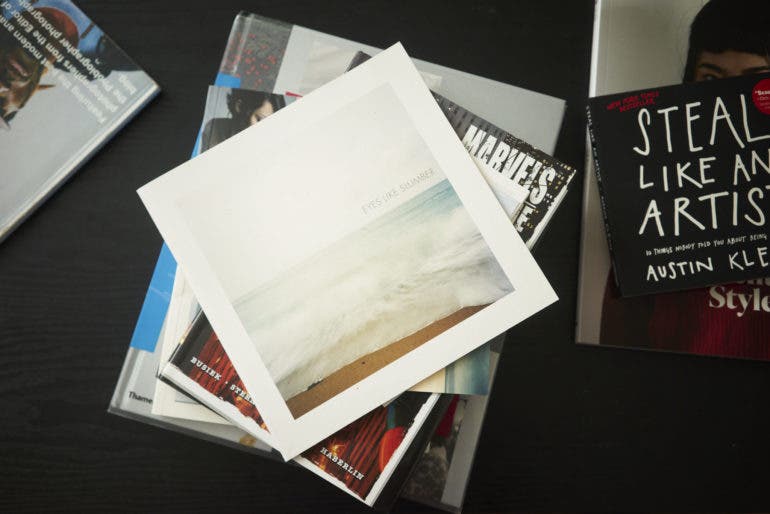Want Your Photography Project Published? Here’s What You Need To Do
A good photography project is often spoilt by poor image selection.
As the Arts & Culture editor of a popular photography publication, I’m inundated with photography project submissions. Photography projects come in daily: some awesome and some, that need a little work. Aside from receiving pitches, I’ll also do my own research, trying to find the best work out there to share with our readers. But when photographers send in the images they wish to be published, it saddens me to see how many get their selection wrong. Certain images add to a project, but only a few make it amazing. So when photographers send in images that should be b-roll, I’m left pulling out my hair! To ensure others don’t make the same mistake, here are some tips and things to consider when sending your images into editors.
Photography Project Image Selection
I’ve put together some key points to consider when selecting which images to pitch from your photography project. We’re going to cover some concepts you should embrace, and some you should totally avoid. Not all will apply to you, but there’s something for everyone to consider. And I’m confident it will benefit you in the long term when submitting your work to publications on the web.
Photography Project Everyone Will Like

While you should like every photo you take, we understand that photographers have their favorites. But when submitting your images to a publication, you must go further than your own tastes. While a certain photo may hold value to you, it won’t necessarily have the same impact on others. We always encourage originality, but it’s worth putting your own twist on some of the latest trends. People are more likely to connect to relevant work.
Don’t Expect Just Your Photos to Tell The Story

In my opinion, “your photos should tell the full story,” is the biggest photo lie ever told. Sure, people will grasp a concept to a certain extent, but they won’t always understand the full depth of what you’re trying to portray. I see projects on websites and pitches that are just a random set of photos. They’re not bad photos, but they just hold zero value because there’s no context attached to them. Don’t think your photos are all that’s needed for a good photography project. A solid artist statement and sound reasoning as to why you did the work can make or break all the hard work you’ve done.
Include Old Work

My focus won’t always be on a particular photography project. A photographer may just have a solid portfolio that’s worth giving exposure to. If I’m researching a particular photographer, I really like to dig deep. I don’t just want to see their recent work, I want to go way into the past. Once we agree to do a feature, I ask the photographer to send me 10-15 images from their portfolio. Sometimes, what happens is they send only their recent work. I understand why. They’re likely to be excited by something fresh they’ve created and have a buzz about it. Their old work no longer gives them that thrill, so it gets left on the shelf. It’s a shame because newer work doesn’t always mean better.
So if you’re pitching or working with a publication, throw in some images you took in the past – it also adds more depth to your feature.
Sending The Same Photography Project
2020 really highlights how so many people are doing the same thing. I’m regularly having to look at tons of images of people wearing masks. The Covid-19 pandemic, where almost everyone seemed “compelled to pick up a camera and shoot our current times” has left me feeling that the scene is staler than ever. I have seen some original COVID-19 projects, but for the most part, it’s just much of the same. I encourage you to think outside the box. Ask yourself “is a publication likely to have seen many photos similar to mine?” If there answer is yes, move on and pitch something else.
Send The Right Amount of Photos

As I wrote above, I’m usually looking for a photographer to send me 15-20 photos. I often receive pitches where a photographer sends in five images, which will be the full amount they used for their photography project. Unless you’re doing something out of this world, a handful of images isn’t enough for a publication to get excited about. People want to see range, diversity, and development when they look at the work of a photographer.
Final Thoughts
Seriously take the above into consideration. If you pitch to publications and don’t get a positive response, please don’t take that as your work not being good enough. Publications get so many images pitched to them on a daily basis, that only those that do it right will get the exposure they’re looking for. And don’t rush your image selection either. If you’ve completed a photo project, take some time and sit with the images. By doing that, you’ll have a better chance of selecting the right images when you want an editor to look at them.
Keep creating folks! I, and the rest of the team, love seeing awesome work.